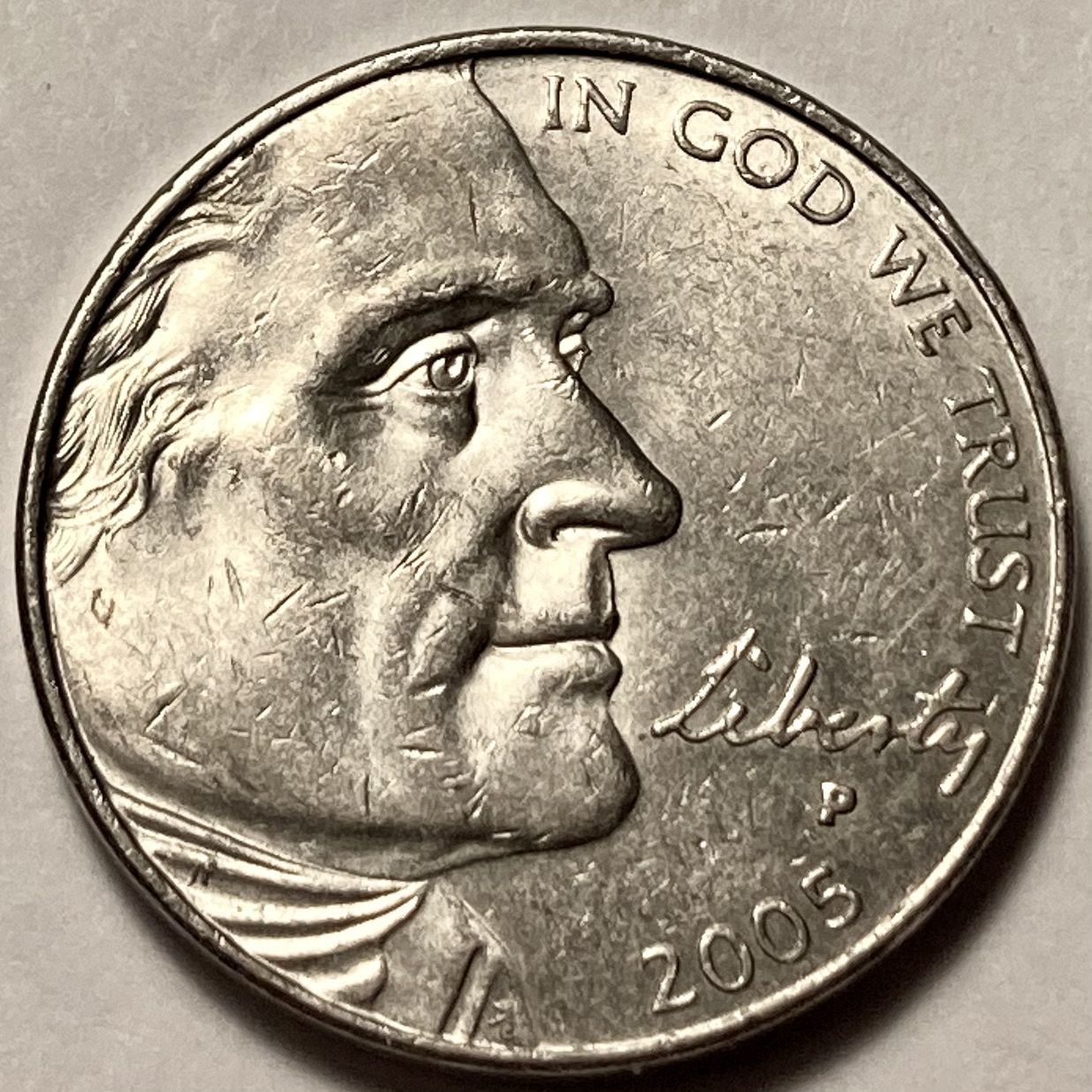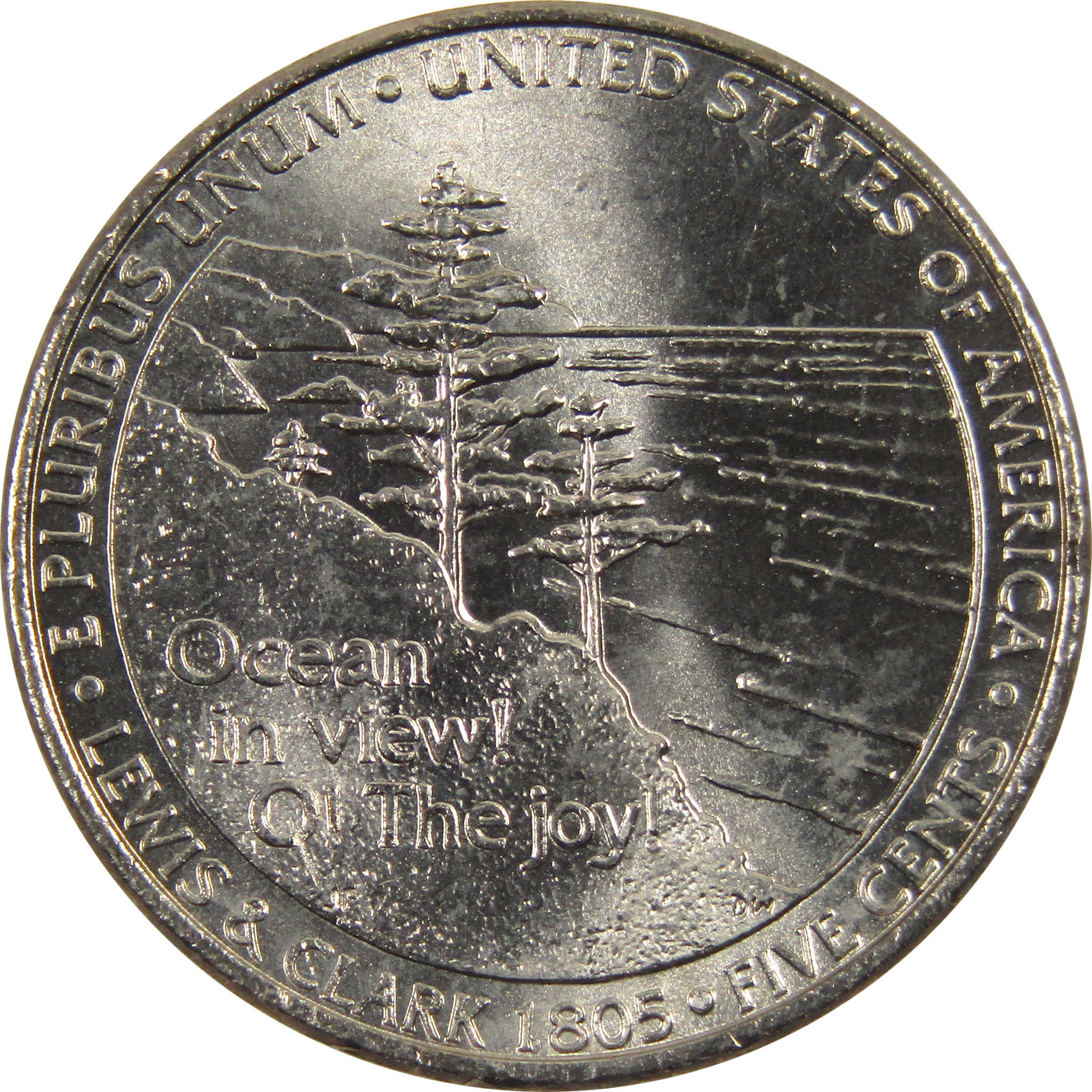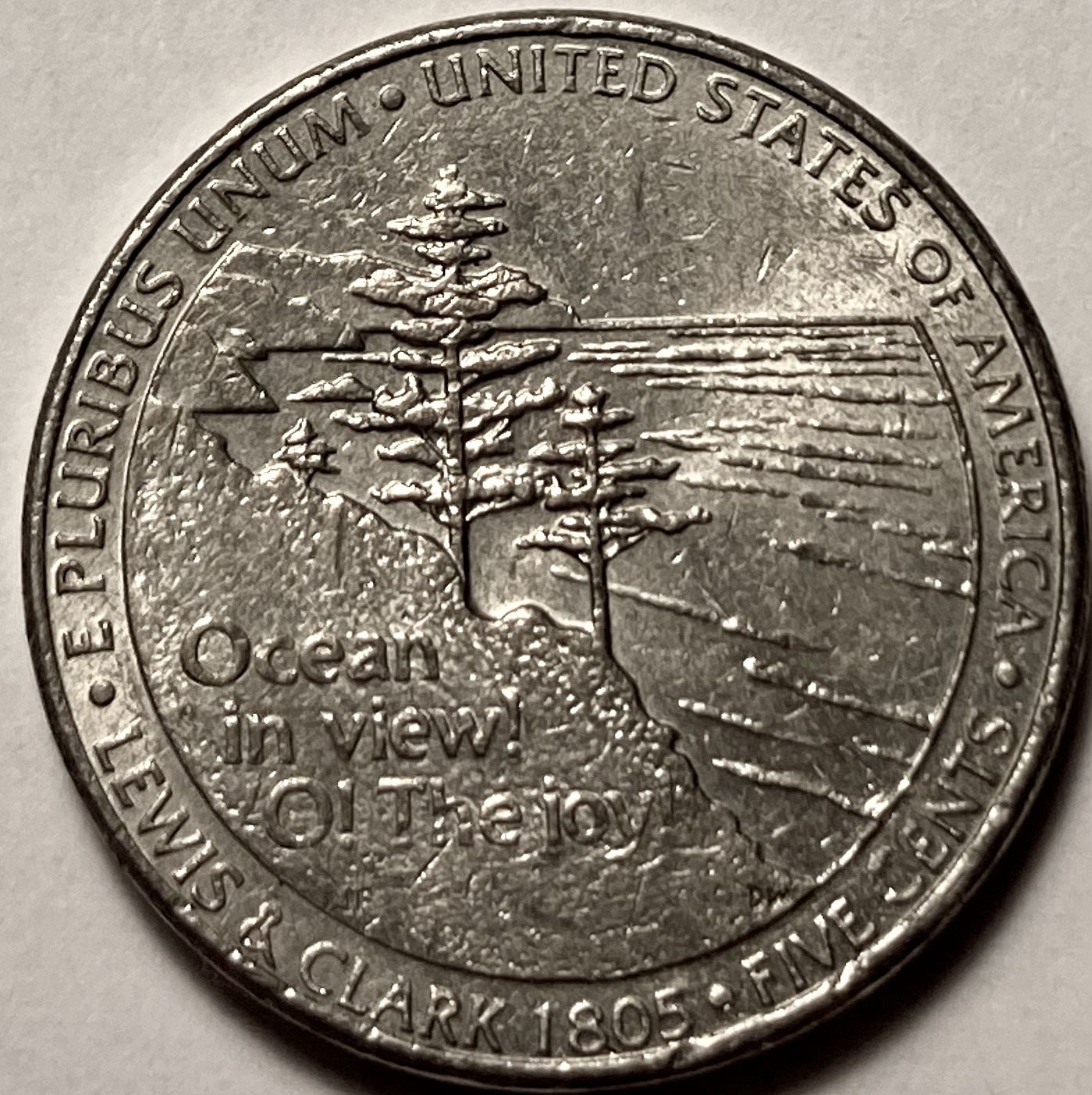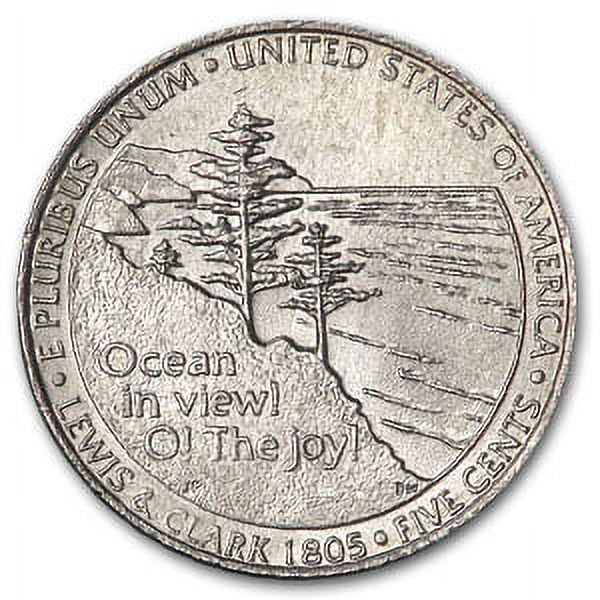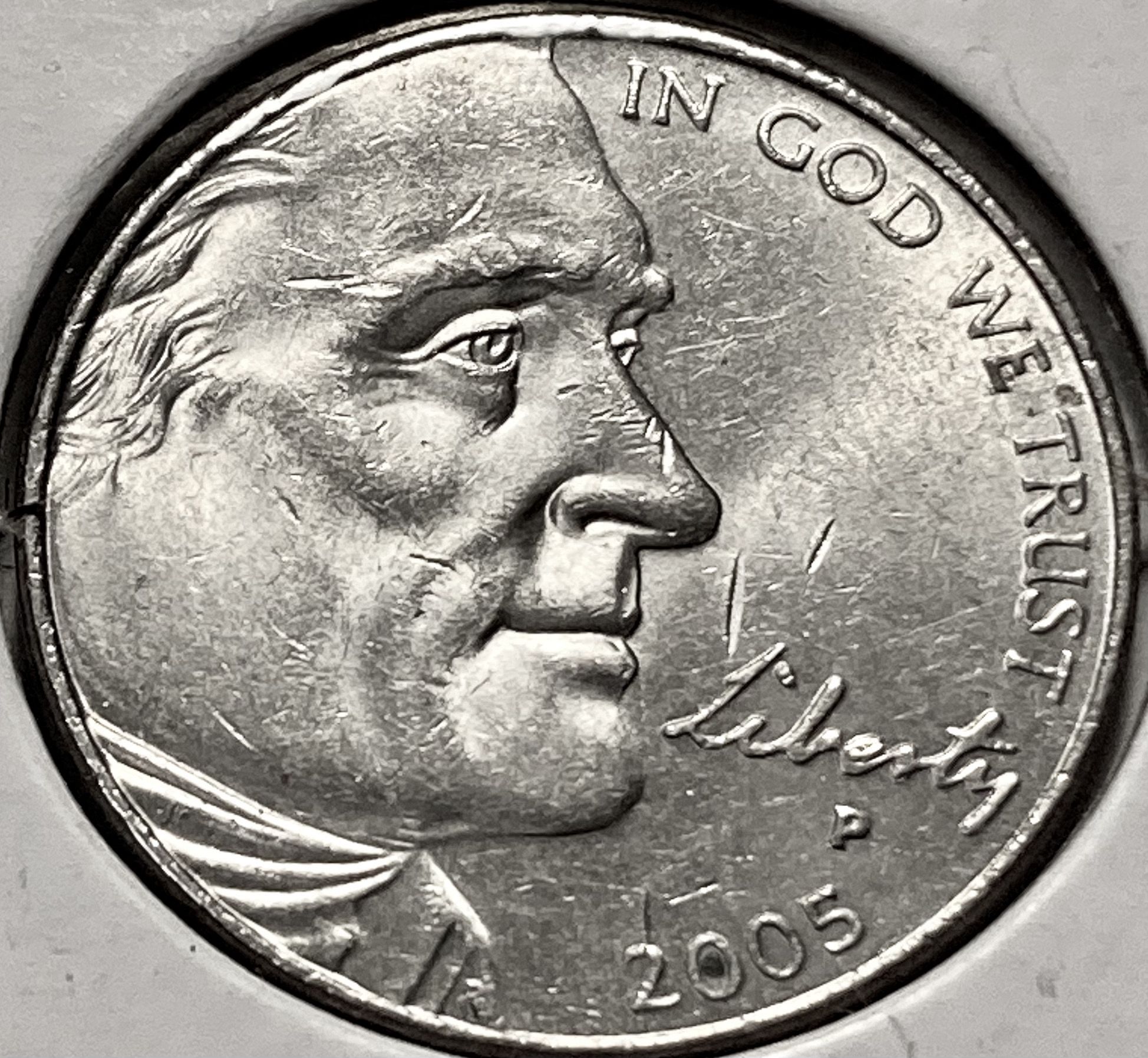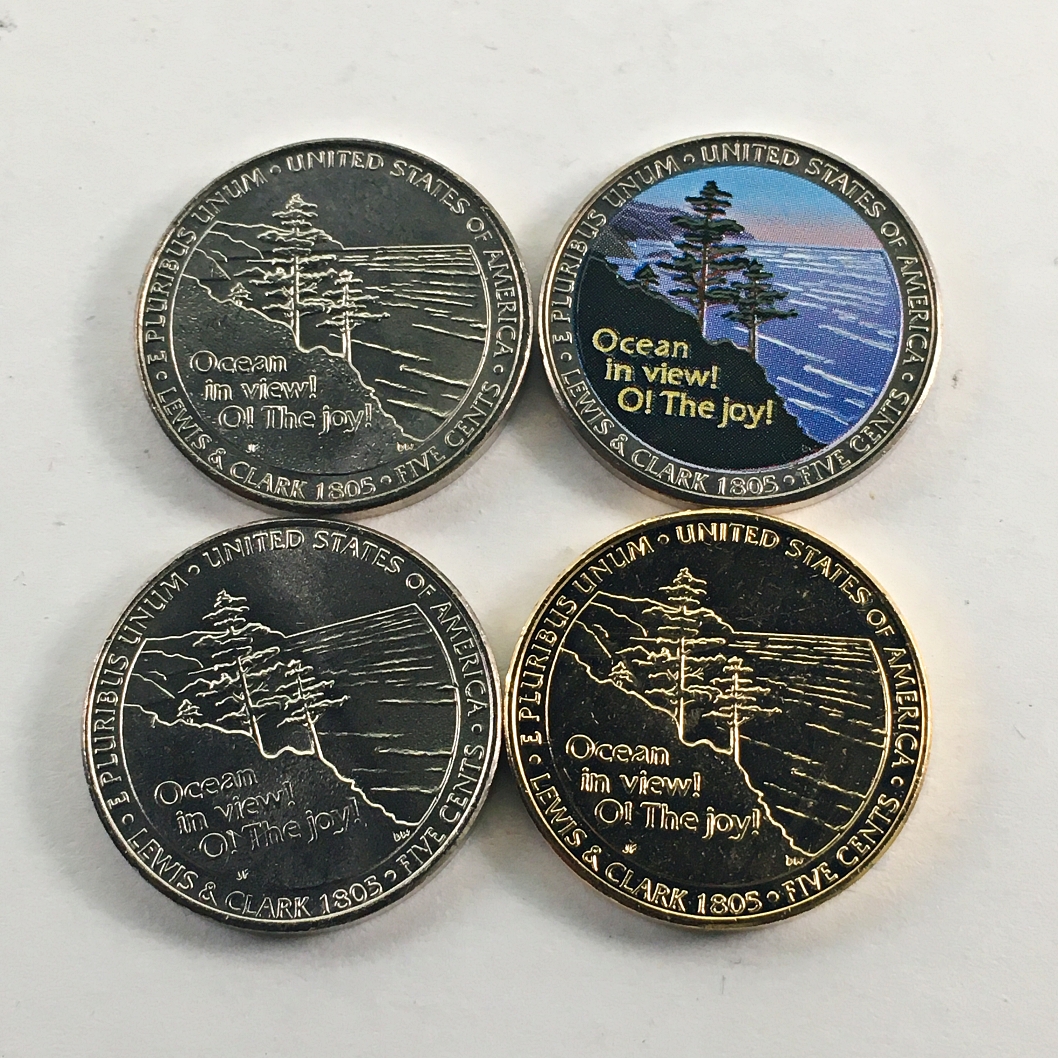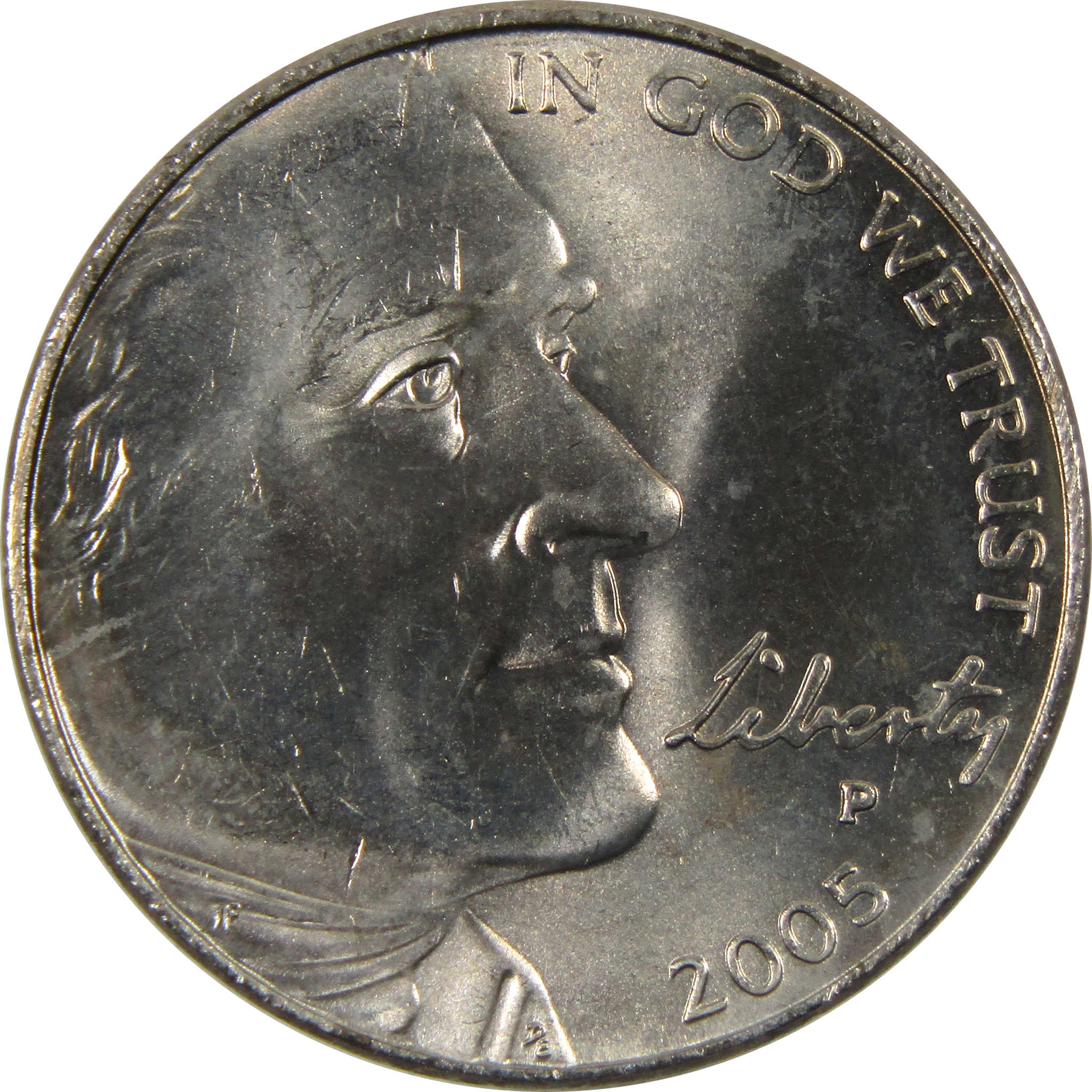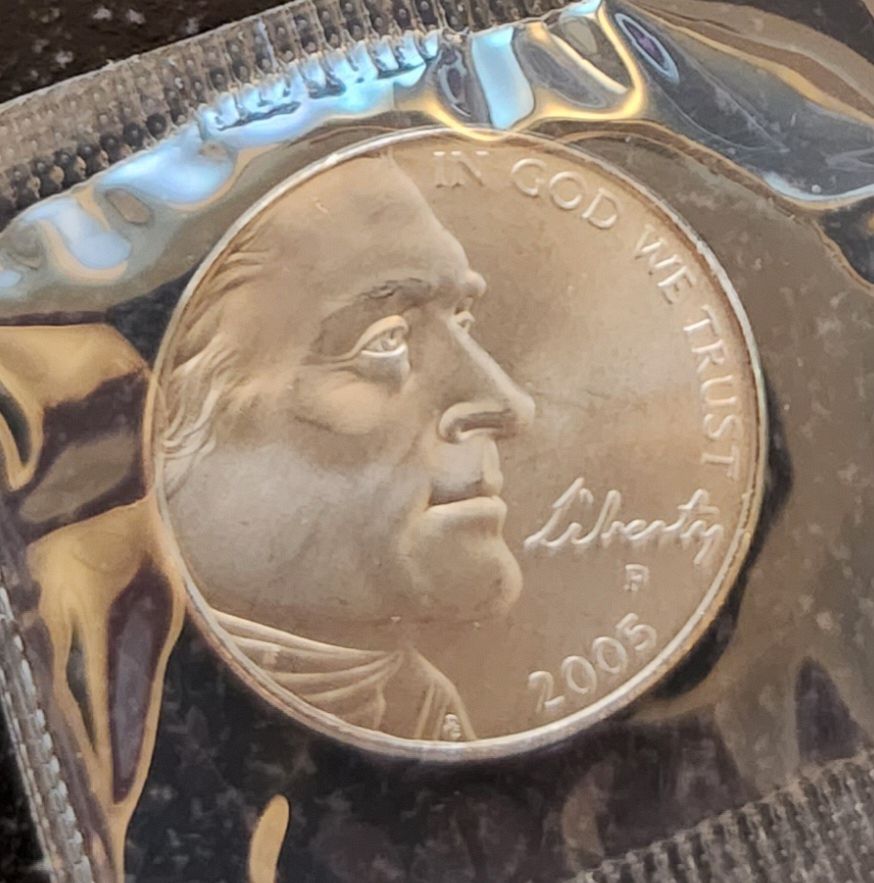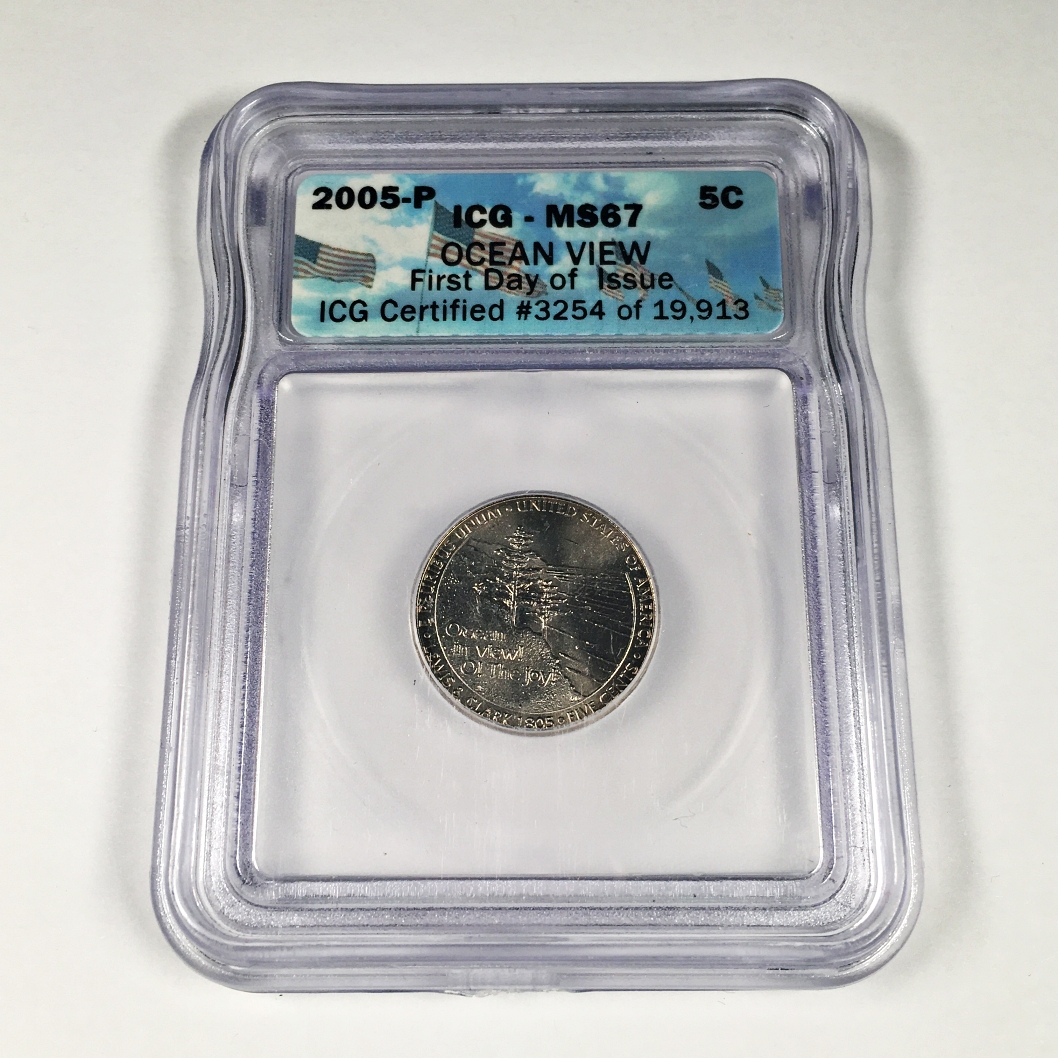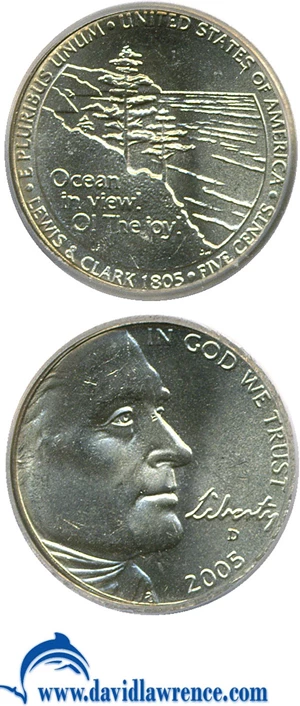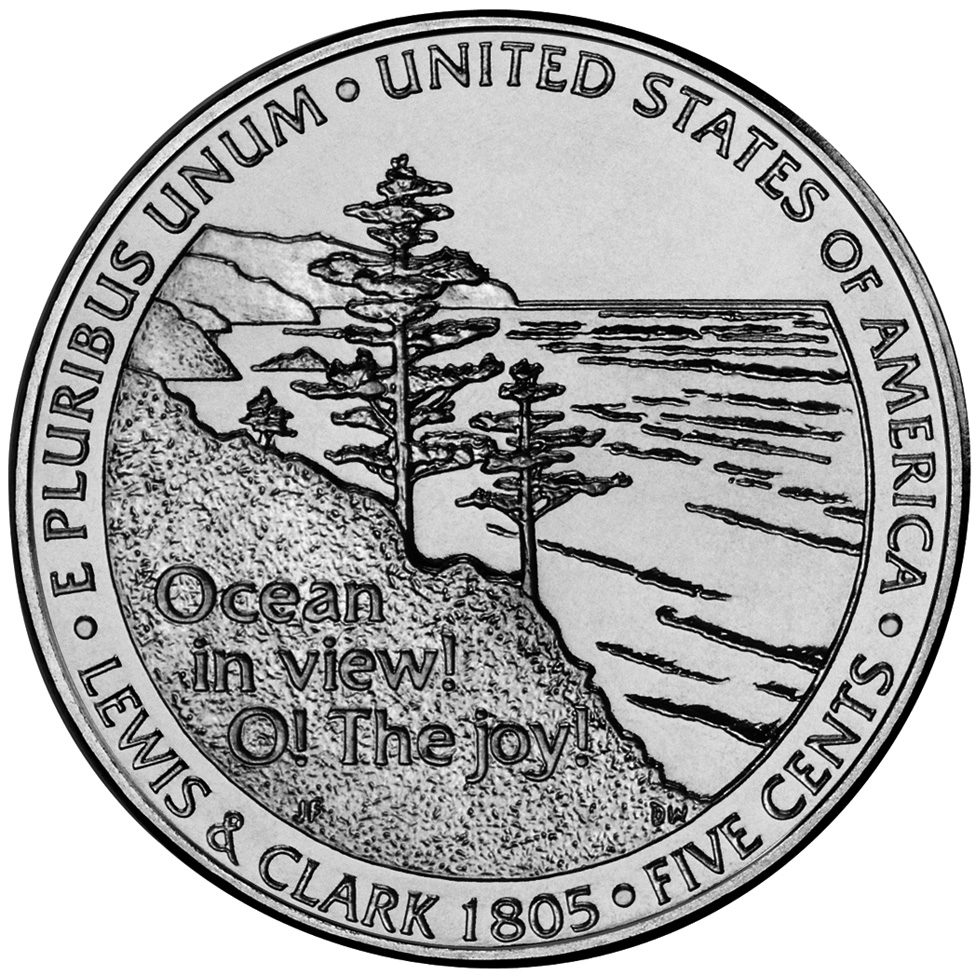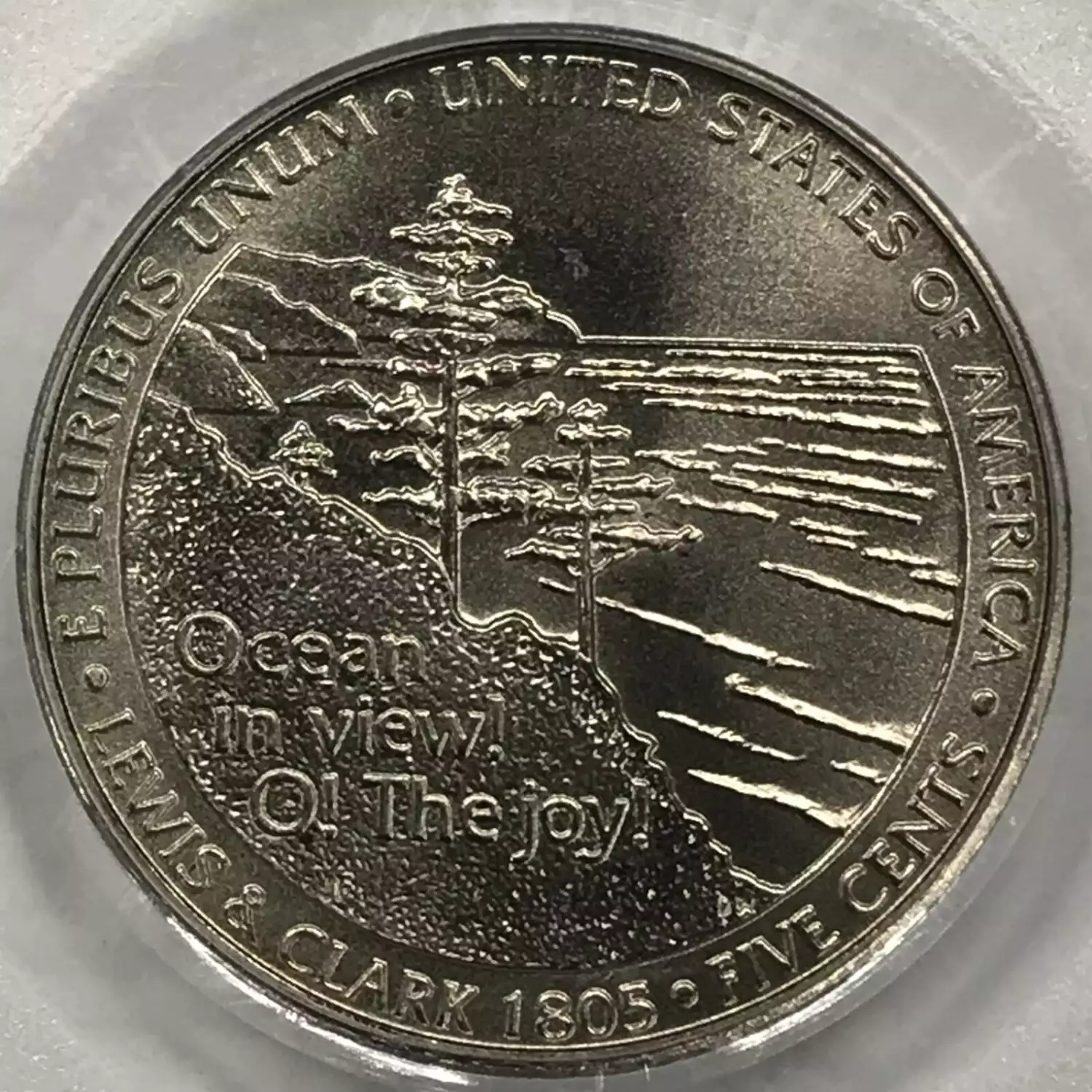2005 P Nickel Ocean In View Value

A seemingly ordinary five-cent piece, the 2005-P Nickel featuring the "Ocean in View" design, has become a surprising focal point in the world of numismatics. While not inherently rare in terms of mintage numbers, specific varieties and error coins have captivated collectors, driving values far beyond their face value and sparking debate about authenticity and grading.
This article delves into the complex landscape surrounding the 2005-P Nickel "Ocean in View," examining the factors that influence its value, the different varieties that command premiums, and the ongoing challenges of identifying genuine error coins from alterations. We will explore expert opinions, auction data, and the perspectives of both seasoned collectors and newcomers to provide a comprehensive overview of this intriguing coin.
The 2005-P "Ocean in View" Design: A Brief Overview
In 2005, the United States Mint introduced new reverse designs for the nickel as part of the Westward Journey series, commemorating the bicentennial of the Louisiana Purchase and the Lewis and Clark expedition. The "Ocean in View" design, depicting the moment the expedition reached the Pacific Ocean, was one of these commemorative designs, replacing the traditional Monticello image for part of the year.
The design itself, while artistically significant, is not the primary driver of the nickel's potential value. Instead, the allure lies in specific errors and varieties that emerged during the minting process, some of which are exceedingly rare.
Key Varieties and Error Coins: Understanding the Value Drivers
Several factors can contribute to the value of a 2005-P "Ocean in View" Nickel. The most significant are:
Die Varieties
Die varieties occur when there are minor imperfections or alterations on the die used to strike the coins. These can manifest as doubled dies, where design elements appear to be duplicated, or other anomalies visible under magnification.
While no widely recognized and significant doubled die variety for the 2005-P "Ocean in View" nickel has achieved widespread fame like some earlier doubled die errors, diligent collectors are always on the lookout for potential new discoveries in this area.
Off-Center Strikes
Off-center strikes happen when the coin is not properly aligned during the striking process, resulting in a portion of the design being missing. The more dramatic the off-center strike, the higher the potential value.
However, extreme off-center strikes are less common, and their value depends on the degree of the error and the coin's overall condition.
Planchet Errors
Planchet errors involve issues with the metal blank, or planchet, from which the coin is struck. This could include incorrect metal composition, missing clad layers (for clad coins), or even coins struck on planchets intended for other denominations.
Such errors are relatively rare and highly sought after by collectors specializing in error coins.
Missing Details and Grease Strikes
Sometimes, grease or debris can accumulate on the die, obscuring details during the striking process. This can result in a coin with missing design elements, known as a grease strike or filled die error.
While minor grease strikes are relatively common, more significant examples, particularly those affecting key design elements, can command a premium.
The Challenge of Authentication and Grading
Determining the authenticity and grade of a 2005-P "Ocean in View" Nickel is crucial for accurately assessing its value. Given the potential for alterations and counterfeits, especially with more valuable error coins, expert authentication is often recommended.
Third-party grading services like the Professional Coin Grading Service (PCGS) and the Numismatic Guaranty Corporation (NGC) provide authentication, grading, and encapsulation services. A high grade, indicating minimal wear and damage, significantly increases a coin's value.
Collectors should be wary of uncertified coins offered at prices significantly below market value, as these may be altered or counterfeit. It is crucial to purchase from reputable dealers and obtain certified coins to ensure authenticity.
Market Value and Recent Auction Results
The value of a 2005-P "Ocean in View" Nickel can range from face value to several hundred dollars, depending on its condition, variety, and the presence of any errors. Circulated examples with no significant errors are generally worth only face value.
Uncirculated examples, particularly those graded MS65 or higher by PCGS or NGC, can fetch a modest premium. However, error coins, especially those with significant off-center strikes or planchet errors, can realize much higher prices at auction.
Recent auction results from reputable houses like Heritage Auctions and Stack's Bowers Galleries demonstrate the wide range of values possible. A well-preserved, significant error coin can attract intense bidding from specialized collectors.
Expert Opinions and Collector Perspectives
"The 2005-P Nickel series, especially the 'Ocean in View' design, highlights the continuing allure of error coins," says David Lange, a renowned numismatic author and researcher. "Collectors are drawn to the unique stories behind these errors, the imperfections that make each coin a one-of-a-kind piece."
According to John Smith, a seasoned nickel collector: "It's all about the hunt. Finding that elusive error coin amidst thousands of ordinary nickels is what makes collecting so rewarding."
He also cautions: "New collectors need to educate themselves about authenticating errors and be wary of overly optimistic claims. Knowledge is the best defense against being scammed."
Looking Ahead: The Future of 2005-P Nickel Values
The future value of the 2005-P "Ocean in View" Nickel will likely depend on several factors, including the discovery of new varieties and errors, the overall health of the coin market, and the continued interest of collectors. As the years pass, uncirculated examples will likely become scarcer, potentially driving up prices for high-grade specimens.
The fascination with error coins is unlikely to diminish, suggesting that significant errors will continue to command strong prices. However, potential collectors should conduct thorough research and seek expert advice before investing in these coins.
Ultimately, the 2005-P Nickel "Ocean in View" serves as a reminder that even seemingly common coins can possess hidden value and historical significance. Whether driven by investment potential or the thrill of the chase, the pursuit of these elusive varieties will continue to engage numismatists for years to come.

